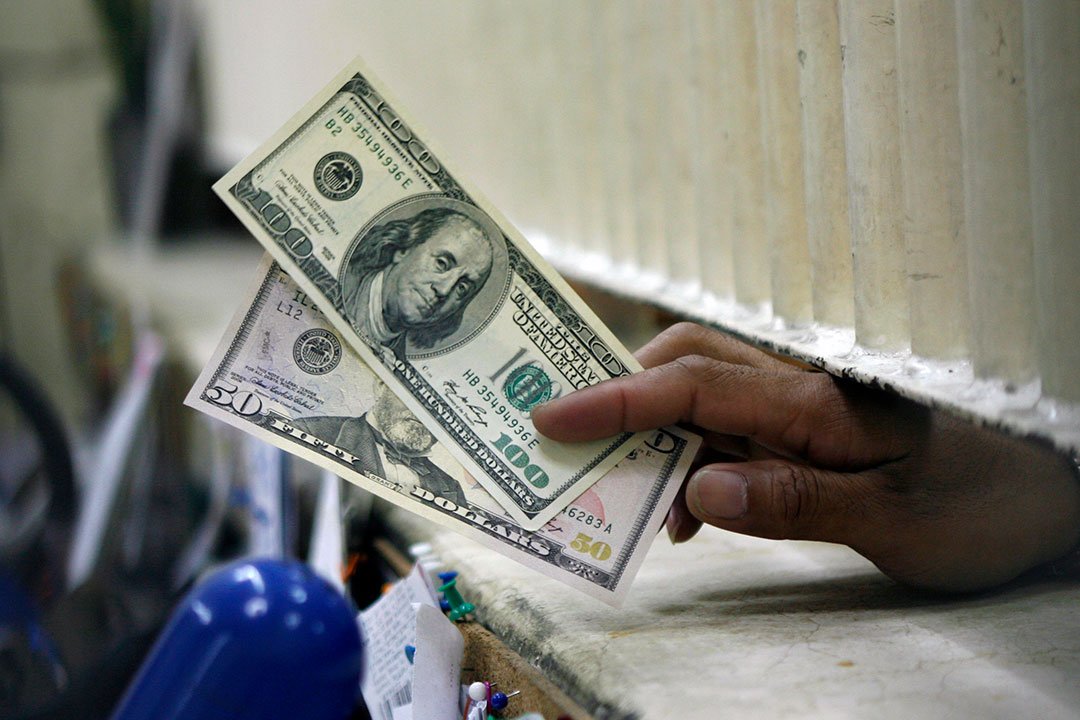By Luisa Maria Jacinta C. Jocson, Reporter
THE BANGKO SENTRAL ng Pilipinas (BSP) warned it will intervene in the foreign exchange market as the Philippine peso on Tuesday closed at the 58-per-dollar level for the first time in over 18 months.
“The BSP continues to monitor the foreign exchange market but allows the market to function without aiming to protect a certain exchange rate. Nonetheless, the BSP will participate in the market when necessary to smoothen excessive volatility and restore order during periods of stress,” BSP Governor Eli M. Remolona, Jr. said in a statement.
The peso closed at P58.27 per dollar on Tuesday, weakening by 37 centavos from its P57.90 finish on Monday.

This was the peso’s weakest close in more than 18 months or since it closed at P57.275 per dollar on Nov. 8, 2022.
Tuesday was also the peso’s first time closing at the P58-per-dollar level since Nov. 10, 2022.
The local unit opened Monday’s session at P57.97 against the dollar, which was also its intraday best. Its worst showing was at P58.28 versus the greenback.
Year to date, it depreciated by P2.90 from its P55.37-per-dollar close on Dec. 29, 2023.
Mr. Remolona noted the peso’s weakness against the US dollar was in line with other currencies in the region.
“The dollar continued to strengthen as the Federal Reserve signaled delay in cutting interest rates,” he said.
US Federal Reserve officials on Monday hesitated to declare that inflation is on a sustainable path to the 2% target rate, according to Reuters.
A trader in an e-mail said that the depreciation of the peso was due to “continuous hawkish guidance” from Fed officials.
The trader said that prospects of the BSP cutting ahead of the Fed may have also exerted pressure on the peso.
Last week, Mr. Remolona hinted that the BSP can begin its policy easing cycle before the Fed, with the earliest rate cut possibly in August.
“It is crucial to note that while the dollar-peso exchange rate is something that the BSP does not explicitly manage, the domestic central bank might consider adjusting policy rates once the weakness of the peso poses considerable upside risk on the medium-term inflation outlook,” the trader added.
Security Bank Corp. Chief Economist Robert Dan J. Roces said that the BSP will “defend the peso as necessary and when very volatile.”
“The peso’s weakness seems to be in-line with movement of other regional currencies. Add to that statements by several Fed officials last night reiterating hawkishness and last week’s dovish BSP sentiment which seem to have carried over in (Monday’s) and (Tuesday’s) sessions,” he said in a Viber message.
Rizal Commercial Banking Corp. Chief Economist Michael L. Ricafort said in a Viber message that the US dollar-peso exchange rate was higher “after cautious and higher-for-longer signals from most Fed officials recently that partly reduced the odds of Fed rate cuts lately to less than two.”
“It is important to note that the US dollar-peso exchange rate already posted a bigger increase compared to most ASEAN (Association of Southeast Asian Nations) currencies since the start of 2024 (at +5.2%) and since the Russia-Ukraine conflict started on Feb. 22, 2022 (at +14%),” Mr. Ricafort said.
Mr. Ricafort sees the peso trading between P58.15 and P58.35 on Wednesday.
On the other hand, the trader sees the currency ranging from P58.1 to P58.35 on Wednesday.
‘MINIMAL’ IMPACT
Finance Secretary Ralph G. Recto also on Tuesday said that the peso’s recent weak performance will only have a “minimal” impact on inflation.
“The depreciation may cause upside pressure on inflation. But I expect it to be minimal. It is a concern, but not alarming,” he told BusinessWorld in a Viber message.
Headline inflation accelerated for a third straight month to 3.8% in April.
In the first four months, inflation averaged 3.4%. The BSP expects inflation to settle at 3.5% this year.
“Our number one mission is still to reduce food inflation and thereby reduce interest rates later on,” Mr. Recto added.
The Monetary Board kept its benchmark rate at a 17-year high of 6.5% at its May meeting. The BSP raised borrowing costs by a cumulative 450 basis points from May 2022 to October 2023.
The BSP has said that inflation may temporarily accelerate above the 2-4% target band in the next two quarters. Mr. Remolona has also said that risks to the inflation outlook remain tilted to the upside.











